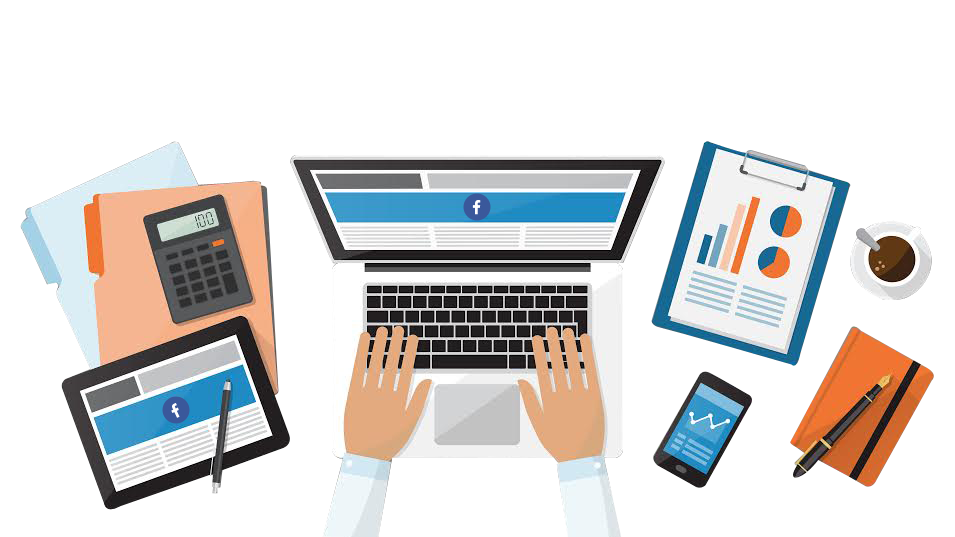5 of the Biggest, Most Budget-Draining Facebook Ad Mistakes
Here’s how you can get the most bang for your buck when you’re putting together your next targeted campaign.
Mark Zuckerberg forever changed the face of advertising.
When Facebook came on the scene, marketers and advertisers gained access to a veritable treasure trove of customer data they’d never had. With Facebook ads, you can find the audience that you want to reach in a way that’s almost impossible with other media.
But it’s easy to misstep when you’re working on your Facebook ads. Here’s how you can get the most bang for your buck when you’re putting together your next targeted campaign.
1. Don’t Target the Wrong Group
When you analyze the cost per click for various age groups, there’s a massive difference between groups — sometimes as much as 1,000%. Going after the right group both saves you money and helps you get your product or service in front of the people that want to see it.
Analyze your audience by multiple demographics and figure out who you’re talking to so you can avoid this costly mistake. That may mean doing surveys, or digging into the Facebook Audience Insights tool. Going after a smaller audience may also help you drill down deeper to find an audience that’s both cost-effective and interested in what you have to say.
2. Don’t Skimp On Creativity
This isn’t rocket science. For as long as there’s been advertising, the wording and design of the ad has been crucial. It’s the difference between getting glossed over or tapping into someone’s desires and getting a conversion.
You’re selling ads on one of the largest platforms on earth, competing for attention against not just other companies in your industry, but every other company that targets that particular audience. Attention is at a premium. If your ad is not unique, interesting and attention-grabbing, your audience will scroll past it without a second thought.
The Father of Advertising David Ogilvy’s timeless advice still stands out: “The manufacturer who dedicates his advertising to building the most sharply defined personality of his brand will get the largest share of the market at the highest profit.” It’s just as true today as it was when he wrote it.
Don’t skimp on the image. Make sure you’re using all of the custom copy areas you can, and keep your text brief and pithy. Use best practices on your hook and call to action. This is permission-to-play stuff — get this right, and you’re ready to work on deeper optimization. Get it wrong, and there won’t be anything to optimize.
3. Don’t Run Your Ads 24/7
Running a campaign round the clock is a waste of money and resources in most cases. As you continue running Facebook ad campaigns, you will notice some days and times that do better than others. Facebook Ad Manager allows you to break your campaigns down by day so you can find when your ads perform the best. This will lower your costs and ensure you’re reaching your audience most effectively.
It’s also a good idea to keep your ad frequency low enough that you don’t keep targeting the same people. When your ads reach the same person four or more times, they’re much less likely to generate a conversion. Don’t nag your potential customers.
4. Don’t Be Impatient With a New Ad
Facebook takes a little time to get a new ad optimized. If you’re not seeing the level of engagement that you want to, just wait a day or two. It takes Facebook 24 hours to optimize a new ad, and can take longer if you frequently edit your ad.
A watched pot never boils, and a watched ad never optimizes. Let it be for a little while before you take away any conclusions, or you might end an effective campaign before it even gets rolling.
5. Don’t Overcomplicate Your A/B Testing
When you’re working on a new campaign, A/B testing is a logical step to take. You want to see what the most effective way to reach your audience is, so you run multiple different ad options to see which performs the best.
A key mistake many make, though, is trying to adjust too much between options. Remember, you’re running an experiment — try to only adjust one variable at a time. If you adjust too much at once, you won’t know what influenced the outcome you’re seeing. Stick to small tweaks and work patiently. Try different images or video first, then different body copy, then different headlines … you get the idea.
If you keep your A/B testing simple and adjust only one variable at a time, you will have a far more effective and accurate picture of what works than you would if you pushed too hard and too fast with too many different options. Keep it basic and reap the benefits.
Facing Facebook Mistakes
Perhaps you’ve made some of these mistakes already. It’s not too late to get your campaign on track — and if you’ve been running ads already, chances are you have at least some useful data that can help you narrow things down. It won’t be hard to get up to speed.
And if you’re starting fresh, you’re better equipped now to design your first campaign. Avoid the pitfalls of Facebook advertising, make your dollars stretch farther, and find the audience that’s waiting to hear what you have to say … just by being mindful of these five mistakes.
____
Article written by Jordan French


